Chandigarh: After India achieved Independence and its subsequent Partition in 1947, the Indian state of Punjab lost its capital to Lahore. The newly formed Union Government, led by Pandit Jawaharlal Nehru – the then Prime Minister of India, decided to construct a new capital for Punjab – Chandigarh.
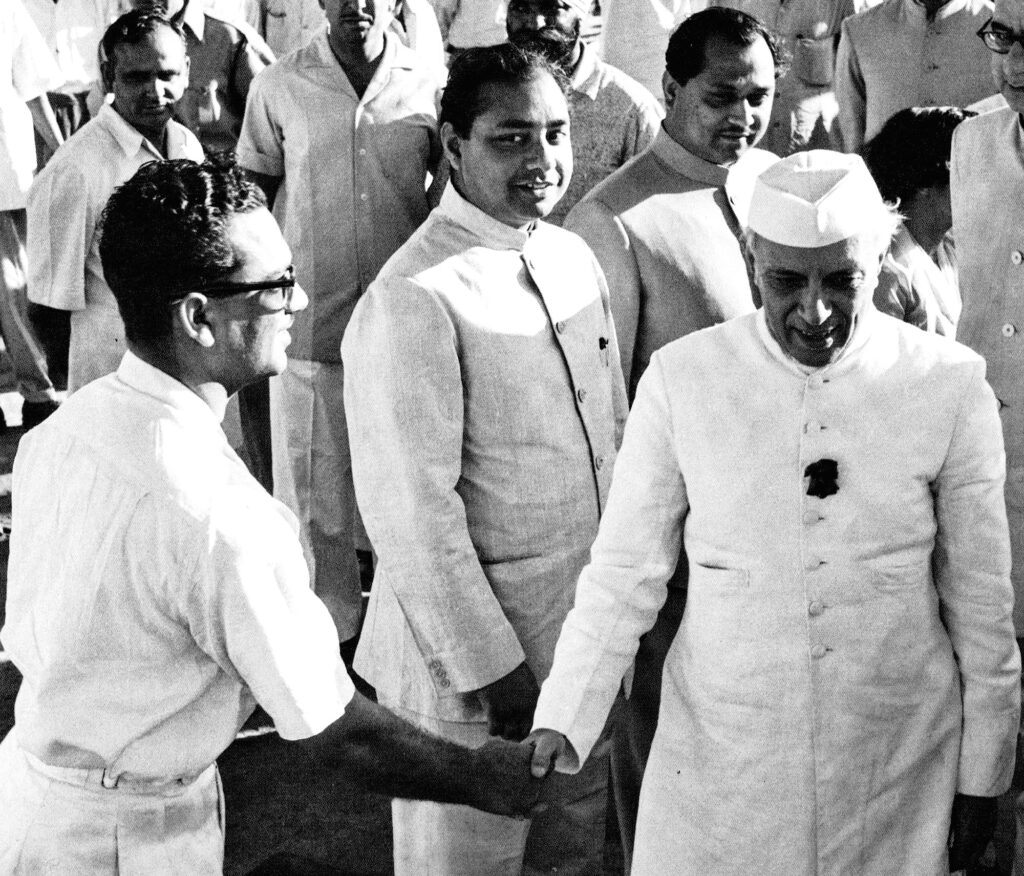
A team of internationally renowned architects, including Le Corbusier, Pierre Jeanneret, Maxwell Fry, and Jane Drew, was chosen to plan and design the new capital from scratch in the foothills of the Shivalik Hills.
In addition to these foreign experts, a large team of Indian architects was also required to assist them. An advertisement was placed in the newspapers, stating, “An opportunity to work with some of the finest architects and town planners in the world.” As requested by Le Corbusier, an entrance examination was held for the applicants. Among the architects selected were AR Prabhawalkar, MN Sharma, UE Chowdhury, Aditya Prakash, SD Sharma, Jeet Malhotra, Piloo Mody, JS Dethe, NS Lamba, BP Mathur, to name a few.
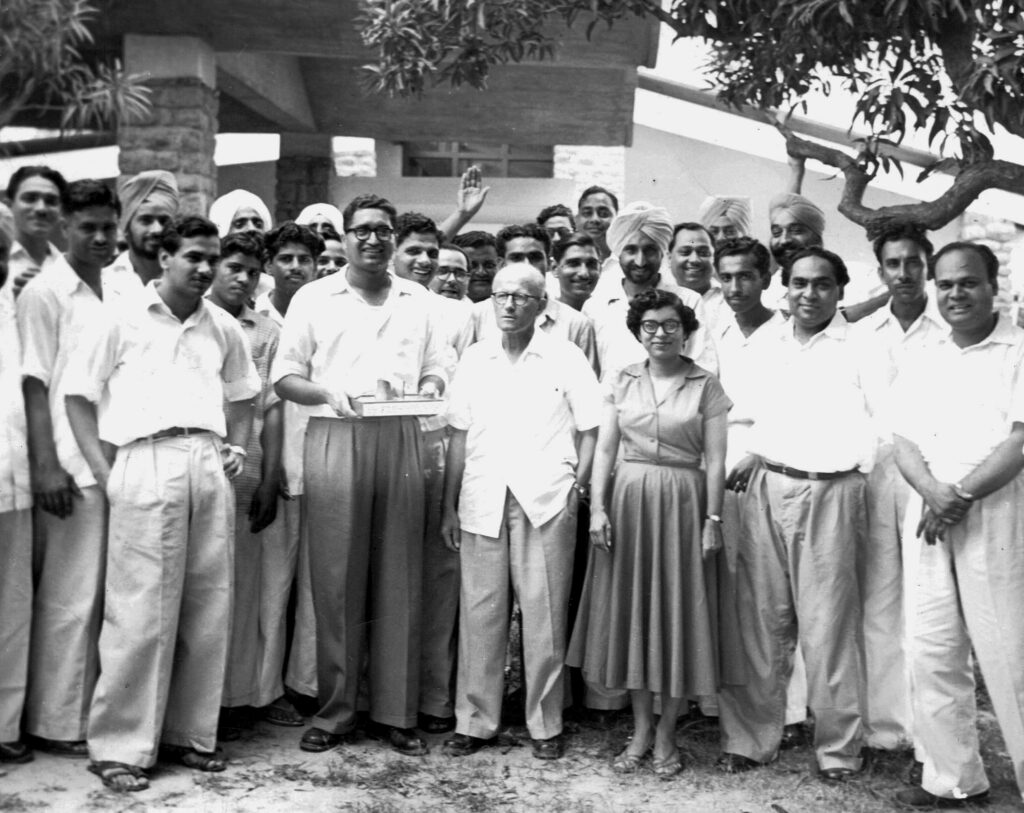
AR Prabhawalkar (Anantrao Ramchandra Prabhawalkar) (1923-1974), who hailed from the State of Maharashtra, joined the Chandigarh Capital Project on 3rd January 1952 as an Architect. It is said that AR Prabhawalkar possessed a unique calligraphic handwriting style, which was greatly admired by Le Corbusier, an accomplished graphologist able to decipher character traits through handwriting. All of Prabhawalkar’s former colleagues, subordinates, and students, with whom the author has been able to communicate, have attested to his brilliance as a professional, his exceptional character, his eloquence as an orator, and his prowess as a writer.
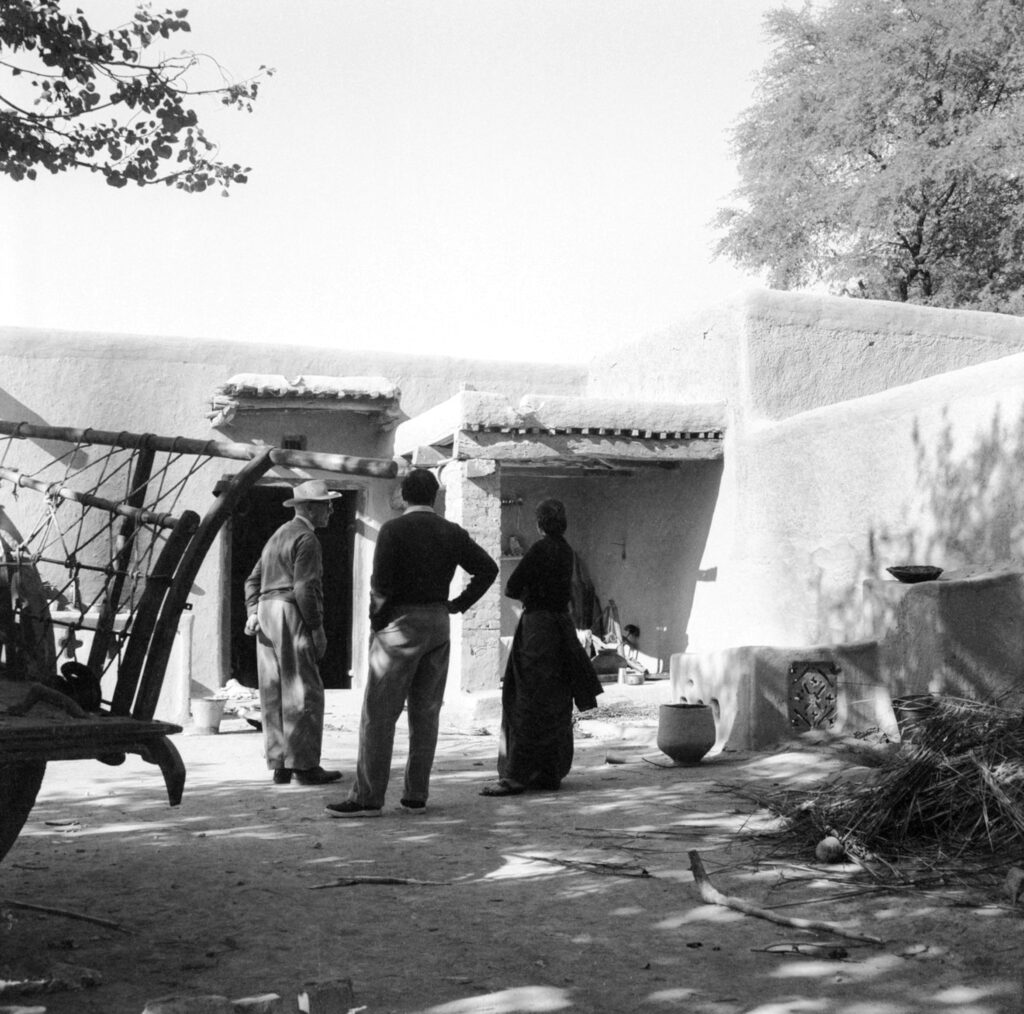
Out of the entire team of Indian architects selected to assist the foreign masters, Prabhawalkar had a unique ability to encompass a broad spectrum of all associated fields of architecture. On the one hand, he had an eye for miniature furniture design details; on the other hand, he could easily imagine and work on the town-planning scale. Architecture was his first love. Due to these qualities, Prabhawalkar established a close working relationship with Le Corbusier and Pierre Jeanneret.
Resultantly, Le Corbusier handpicked AR Prabhawalkar to assist him in the realization of his key projects, such as the Legislature Assembly Building in the Capitol Complex, City Centre in Sector 17, Government College of Art and Craft in Sector 10, Sukhna Lake, and the Leisure Valley. AR Prabhawalkar also designed the Interstate Bus Terminus in Sector 17, in collaboration with Aditya Prakash.
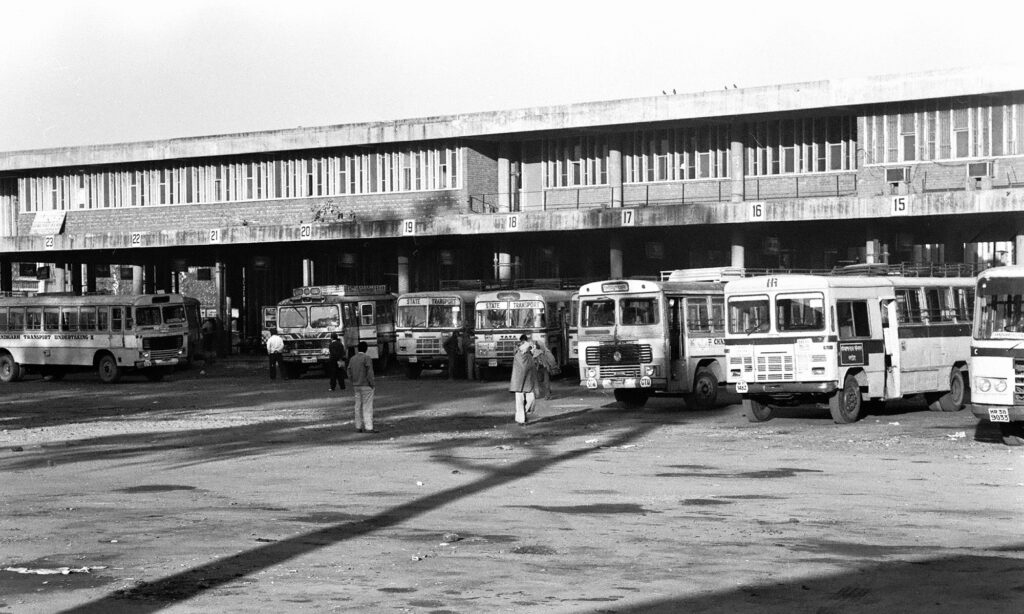
Considering the quality, level of difficulties, and quantum of work involved in executing these projects, one can understand and appreciate the intellectual inputs and hard work done by AR Prabhawalkar. Since these projects bear the signatures of Le Corbusier, Prabhawalkar’s contribution remained hidden in the pages of history. Although Prabhawalkar was appointed as the Architect in the Capital Project of Chandigarh, he also worked as a Town Planner and served as the founding Principal of Chandigarh College of Architecture.
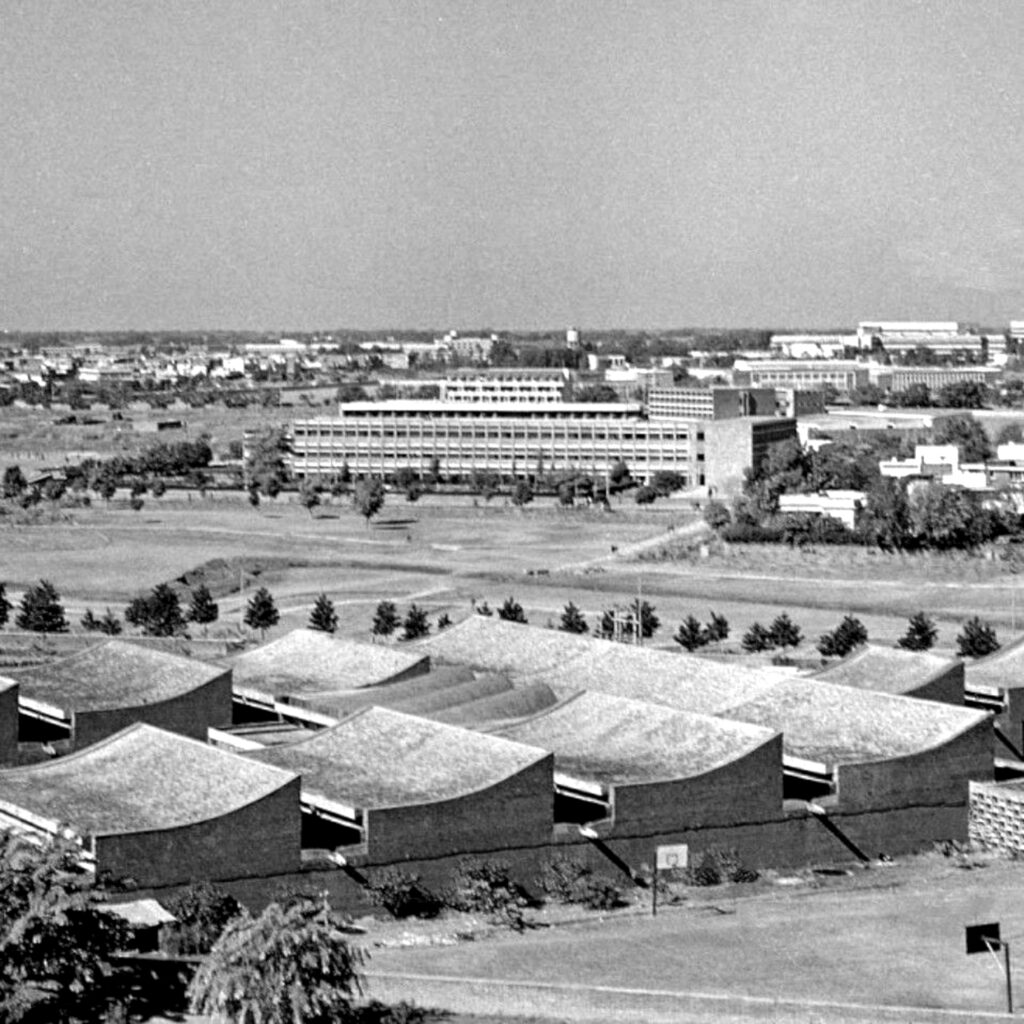
AR Prabhawalkar, who had an eye for minute details, was involved in designing several furniture items, one of which deserves special mention – a desk for the Chandigarh College of Architecture. This rectangular desk, made of steel and wood, was designed for architecture students to place their drawing boards. The desk had a simple structure consisting of four legs and a spacer bar/footrest made of welded mild steel angles. It provided support for a wooden worktop above and a three-tiered storage cabinet below. The steel frames were painted blue, red, yellow, and black to differentiate between different aisles in the large studios.
With the establishment of Chandigarh College of Architecture (CCA) on 7th August 1961 at the behest of Le Corbusier, AR Prabhawalkar was the obvious choice to head the new institution. Thus, relieved from the Capital Project, Prabhawalkar took on the challenge and joined CCA as its Principal on 14th August 1961. He served the college for five and a half years until 6th February 1967.
Setting up a college of architecture from scratch was a Herculean task for AR Prabhawalkar, who was at the helm of affairs. Without any building for the college, he managed to secure temporary accommodation, which consisted of one hall and a room in the Punjab Engineering College (PEC) campus on the northeastern fringe of Chandigarh.
In 1961, the first batch of 30 students used to sit in the hall, while the other room served as the office of the Principal. One can only imagine the challenging situation Prabhawalkar must have faced in the initial years.
Recalling his first day in CCA, a first-batch student, PR Luthra, said, “We entered the hall – the college – and were made to sit; one student on one table, no benches but stools. Our Principal, AR Prabhawalkar – a big, smart-looking person with an impressive face, came and addressed us. There was pin-drop silence.”
Prabhawalkar was assisted by two young faculty members – Prof Vishwamitter and SS Bhatti. With all his earnest efforts and excellent rapport with the top brass of the Chandigarh Administration, Prabhawalkar obtained the sanction for an exclusive complex for the college on the same campus as PEC. Architect Aditya Prakash designed the CCA complex based on the prototype of the Government College of Art and Craft in Sector 10, which was designed by Le Corbusier and assisted by AR Prabhawalkar. Therefore, being familiar with the architectural vocabulary used in the Art College, both Aditya Prakash and AR Prabhawalkar refined the design of the new CCA complex to meet the specific requirements of the college.
During the construction of the new CCA building, it served as a living laboratory for the first 2-3 batches temporarily accommodated on the PEC campus. Finally, the CCA building was ready by 1963, and the college shifted to its new premises. Credit for this quick action goes to the founder, Principal AR Prabhawalkar. Unfortunately, no architectural author has ever recorded the untiring and discreet efforts of AR Prabhawalkar in setting up this premier institution.
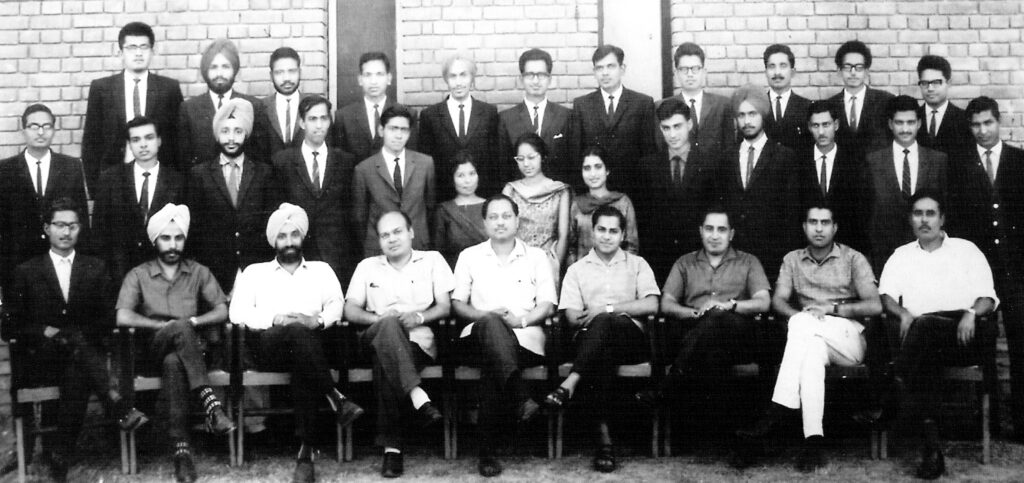
Ashok Digankar – a student of AR Prabhawalkar in the first batch of CCA, recalls, “I vividly remember Professor Prabhawalkar as an imposing personality, a fluent and brilliant orator, and an intellectual par excellence. His lectures were very absorbing, and there used to be pin-drop silence throughout. Due to his distinguished career and architectural status, he brought renowned architects from India to share their knowledge and experience with the students. Digankar adds, “During our stay, from 1961-1966, in CCA, Charles Correa, BV Doshi, Achyut Kanvinde, and a host of other great architects visited CCA. Being locals, Pierre Jeanneret, BP Mathur, Jeet Malhotra, and JS Dethe were regular visitors.”
Sarbjeet Singh Sandhu, another student of Prabhawalkar in the first batch of CCA, recalls, “Prof Prabhawalkar was a renowned professional, devoted teacher, and a thorough gentleman. He was our Design Teacher for all five years in college. Prabhawalkar used to spend a lot of time with each student, guiding them at every stage of designing on the drawing board. He was highly respected by all the students. All of his students excelled in their professional careers, with many reaching top positions in various government and private sectors.”
BP Kashyap, another student of the first batch of CCA, says, “Prof Prabhawalkar was a great teacher and an enigmatic leader. Though soft-spoken and polite, he could transform into an angry dictator, demanding complete discipline and obedience from every student.”
Likewise, Naresh Sehgal, a student of CCA from 1967-72, shared that AR Prabhawalkar used to teach at the college as a visiting Professor (after leaving the college), and he taught them Urban Design in 1971. According to Sehgal, Prof Prabhawalkar was very punctual and thorough in his subject, and his lectures were absorbing, to the point, and easy to understand. After his period, the panoramic blackboard was filled with sketches drawn by him. Sehgal said that students (usually in the habit of bunking classes) never missed Prabhawalkar’s lectures.
As is evident from his students’ comments, AR Prabhawalkar was a mesmerizing speaker. His student Ashok Digankar said, “Prabhawalkar once delivered a presidential address to the students at Punjab Engineering College. After his speech, the students of PEC were heard saying that they had never listened to a speech of such fluency, authority, and continuity of thought – a great orator indeed. The students were spellbound after hearing the wonderful speaker. He was a great intellectual, had an exemplary character, and was a man of principles. But above everything else, he was a great human being.”
After establishing and serving the Chandigarh College of Architecture from 14th August 1961 to 6th February 1967, AR Prabhawalkar returned to his parent department, which had already been bifurcated into the Department of Architecture, Punjab and the Department of Architecture, Haryana. AR Prabhawalkar was appointed Senior Architect/Head of Haryana’s Department of Architecture. By this time, Le Corbusier and Pierre Jeanneret had already left Chandigarh.
Prabhawalkar was in the habit of performing his assigned duties perfectly but discreetly, with no intention of boasting or seeking credit. However, due to his professionalism, integrity, and expertise, he found a unique admirer in Port Louis, a thousand miles away from India. This admirer was Sir Seewoosagur Ramgoolam, the first Prime Minister of Mauritius, who personally selected Prabhawalkar as his Adviser for Urban Development. Honourable Ramgoolam requested the then President of India, Honourable V V Giri, to allow Prabhawalkar to serve in Mauritius. Considering this request, Prabhawalkar was relieved from his duties in India and joined his new and challenging assignment in Mauritius in 1972.

Parting with the services of Prabhawalkar was a significant loss to the Capital Project of Chandigarh and the State of Haryana. Furthermore, during his tenure as an Adviser to the PM of Mauritius, AR Prabhawalkar’s untimely and unfortunate demise in 1974 created a significant void in architecture and town planning.
In his birth centenary year, we pay our heartiest tribute to AR Prabhawalkar – Le Corbusier’s Versatile Comrade and Founder Principal of Chandigarh College of Architecture.
Courtesy: “Sarbjit Singh Bahga”
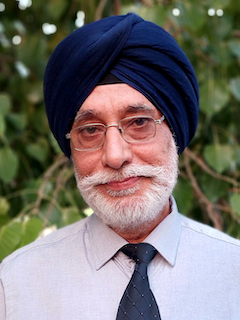
Sarbjit Bahga (b1957) is a Chandigarh-based architect, author, photo artist, and archivist. He is the Principal Architect of Bahga Design Studio LLP. Earlier, Bahga worked in the Department of Architecture, Punjab, Punjab Health Systems Corporation, and Punjab Mandi Board in various positions.
He has more than 42 years of practical experience designing various types of buildings, complexes, and large campuses. His completed works include an eclectic range of administrative, recreational, educational, medical, residential, commercial, and agricultural buildings. A monograph on his selected works titled “MODERN REGIONALISM: The Architecture of Sarbjit Bahga” has been published.
Bahga is also a keen researcher and a prolific architectural writer. He has 12 books to his credit, which include Modern Architecture in India, New Indian Homes, Le Corbusier, and Pierre Jeanneret: The Indian Architecture, Trees in Urban Habitat, Landscaping Human Habitat, New Indian Architecture -1947-2020, and Hand-Drawn Perspectives and Sketches. Bahga’s contribution to architecture has been largely recognized. He is a three-time recipient of the World Architecture Community Awards. His name has been featured in the Guinness Book of World Records for designing the “longest covered concrete corridor” in Vidya Sagar Institute of Mental Health, Amritsar.



